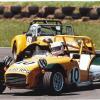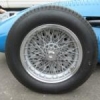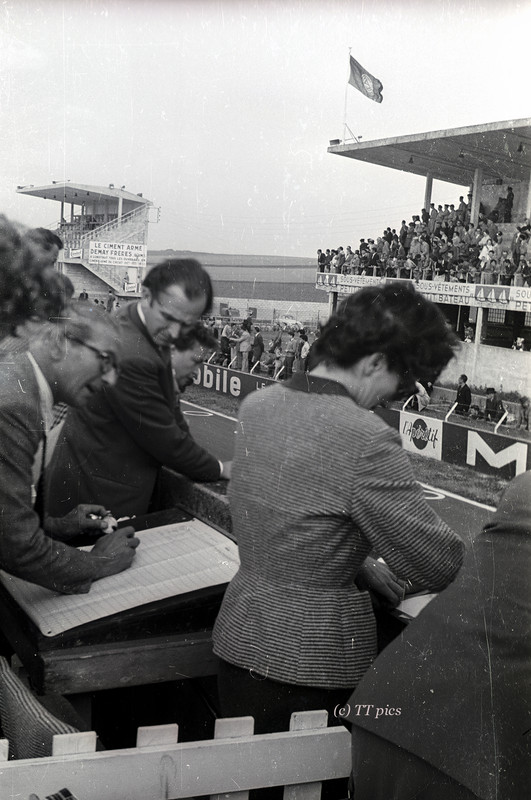In YouTube there is a film: "Grand Prix d`Europe at Monte Carlo 1955" (21:50min) by Richard Koppell and David Clarke.
At 4:00 min you can see Mercedes car #3 leaving the Gasometer hairpin during practice.
Commentator: "Herr Uhlenhaut, the Mercedes designer, is testing the spare car."
Uhlenhaut`s expertise on the Nürburgring Nordschleife is well documented but I never read or heard of his exploits in Monaco.
How many laps did he drive? Are there informations regarding his lap times?
Some TNF members may be able to shed light on this episode please.
Can you imagine Adrian Newey testing a Red Bull F1 spare car during an official practice session? ![]()

























